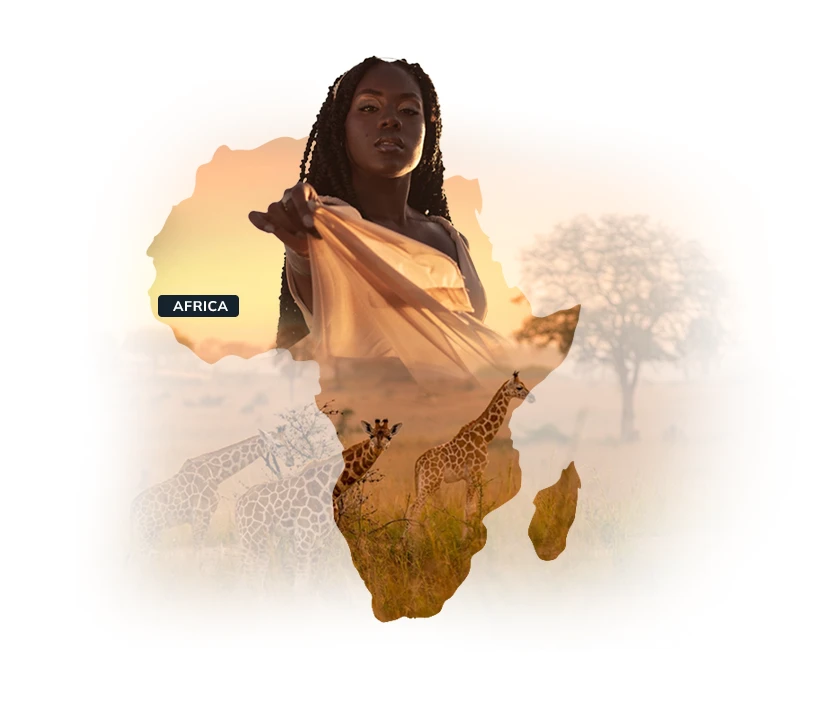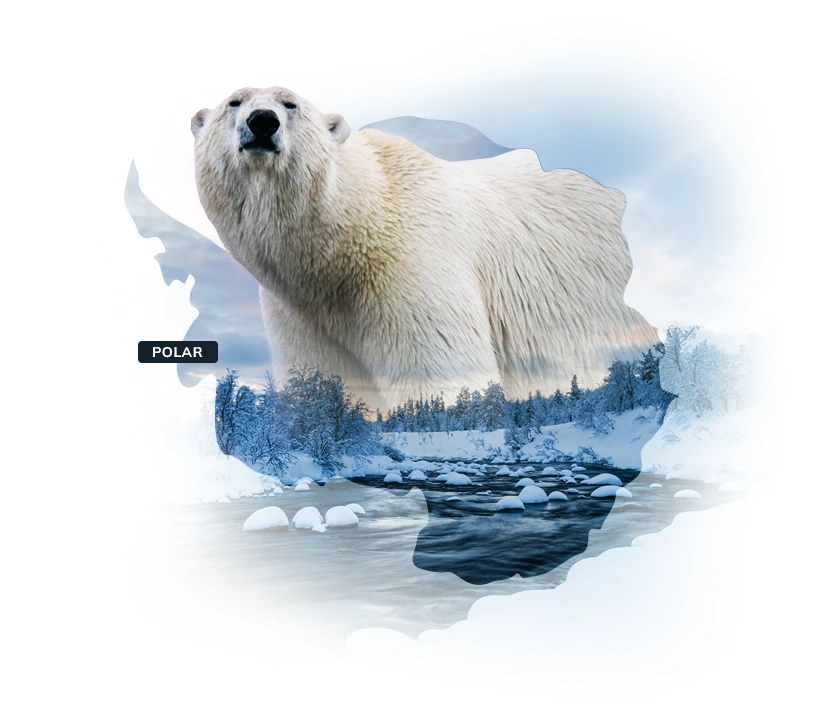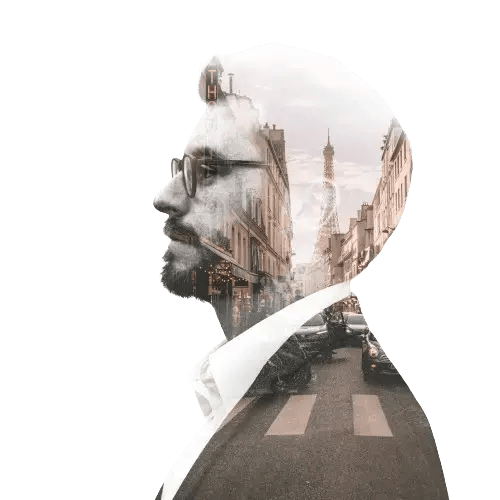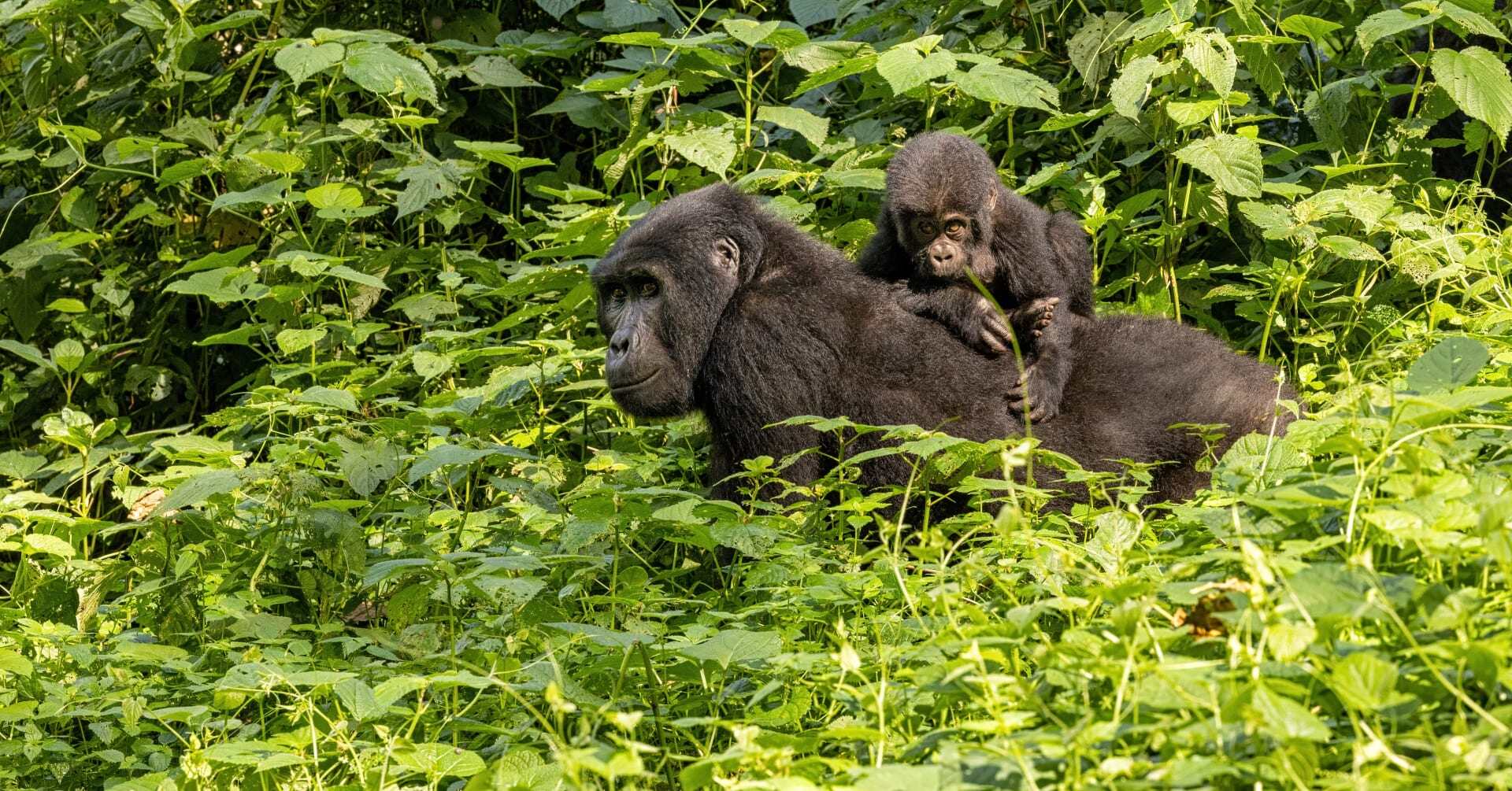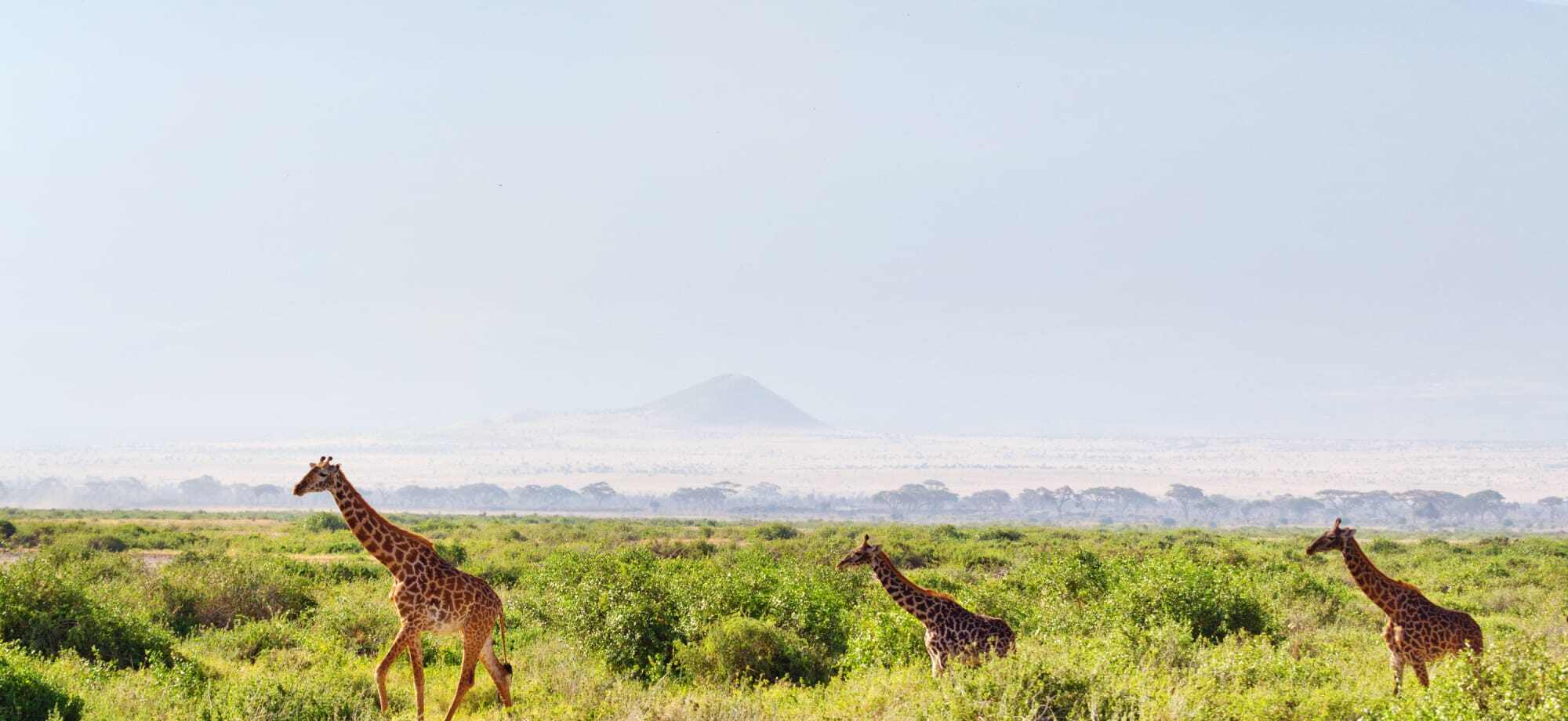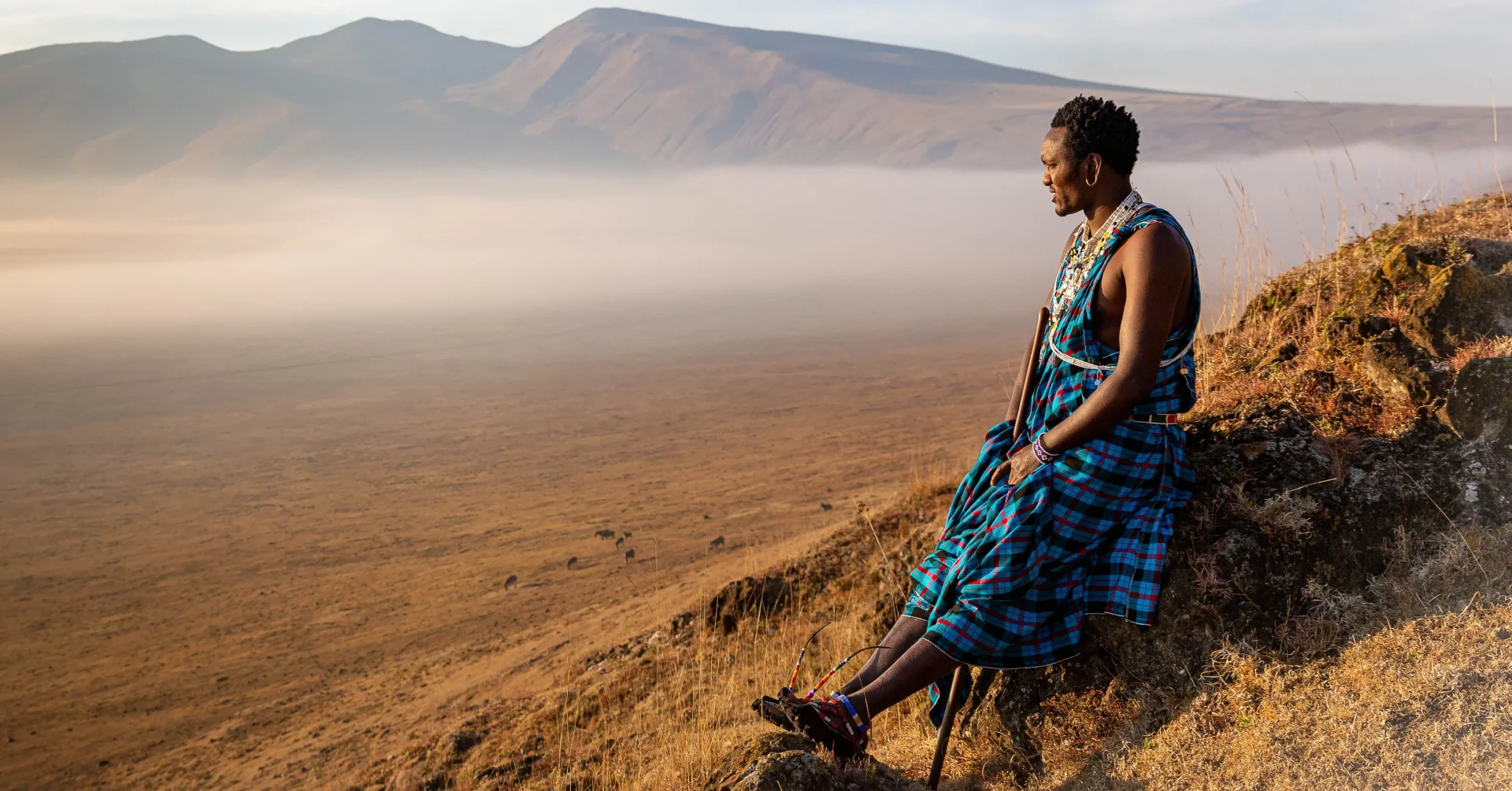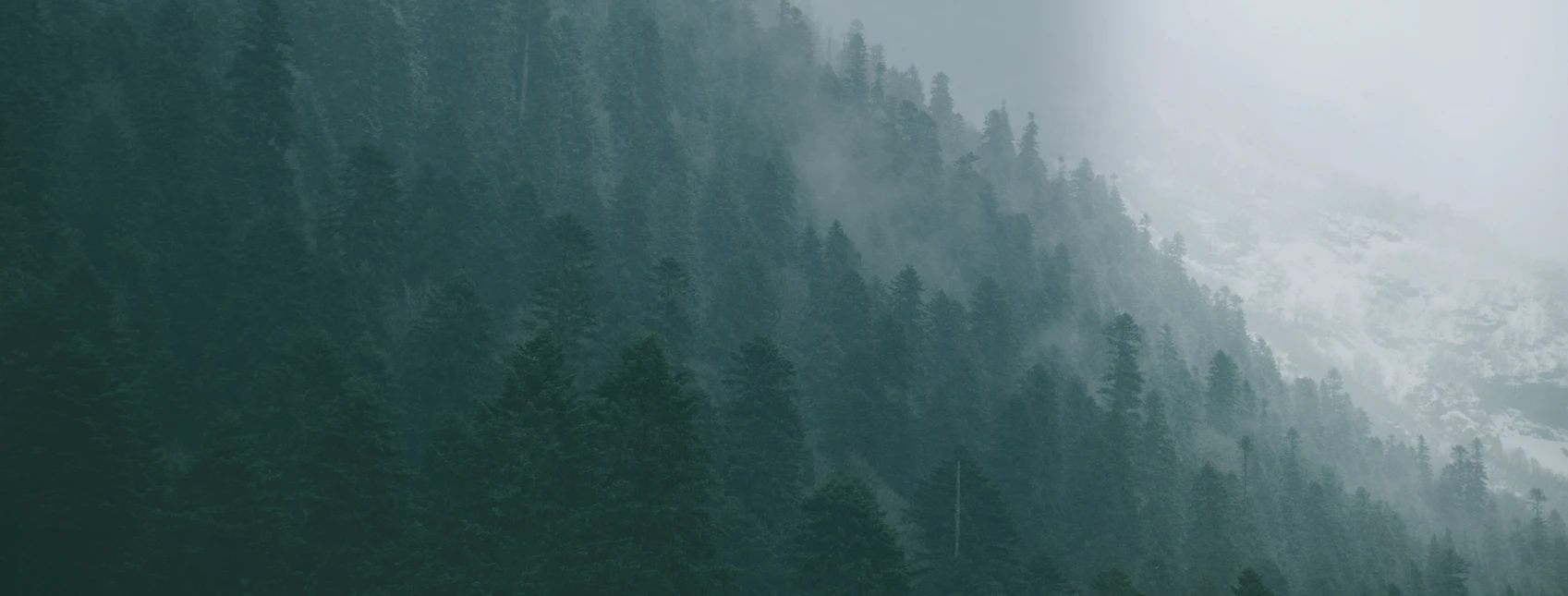We encourage our clients to travel in a responsible and respectful manner. Here’s our guide to responsible travel in Myanmar (Burma).
Having previously encouraged people to boycott the country in order to avoid lining the pockets of the military, Aung San Suu Kyi now welcomes responsible travel to Myanmar and in May 2011 her party, the National League for Democracy, issued the following a statement: "The NLD would welcome visitors who are keen to promote the welfare of the common people and the conservation of the environment and to acquire an insight into the cultural, political and social life of the country while enjoying a happy and fulfilling holiday in Burma."
The NLD now recognises the positive effects that small-scale tourism can bring, however it warns against the detrimental effects of mass tourism. Here at Wayfairer we think that it is extremely important that all visitors to Myanmar travel in a responsible and respectful manner to ensure that tourism brings positive benefits to the people of this remarkable country.
Here’s our guide to responsible travel in Myanmar:
People, Culture, Customs & Religion
Myanmar is a very conservative and religious country therefore you should ensure that you dress modestly and respectfully. Men and women should have their legs and shoulders covered, especially when visiting rural villages or religious sites.
Theravada Buddhism is the dominant religion in Myanmar and you should respect the Buddhist beliefs. You should remove your shoes and socks when entering pagodas or monasteries. Feet are considered the lowest and dirtiest part of the body therefore you shouldn’t stretch your legs in public or point your feet. You should never touch Buddhist monks or their clothes and never hand objects directly to them. If you’re giving something to a monk, the object should be placed on a nearby table or passed to a layman who will then hand it to him. All images of Buddha are considered sacred and you should be mindful of this if you’re looking at or touching a Buddha image. If you’re sitting on the floor in a building that has a Buddha image, make sure that you don’t point your feet in the direction of the image – instead you should sit in a kneeling position with your legs pointed away from the image.
Be respectful when visiting the archaeological site of Bagan and ensure that you only ascend the permitted temples. In March 2016 a ban was introduced prohibiting visitors from climbing the Buddhist pagodas, with the exception of the five largest monuments. Authorities made this decision following reports that a number of tourists had behaved in a disrespectful manner by wearing inappropriate clothing, singing and dancing on top of the ancient temples. The regulation was aimed at conserving the ruins, many of which are crumbling and overgrown, as well as eliminating any potential dangers for those attempting to climb them.
During your time in Myanmar you should try to interact and engage with the Myanmar people. If you’re on a Wayfairer tailor-made holiday you will have a local guide and we encourage you to make an effort to get to know them. It is important to remember that tourism here is still relatively new and the locals are curious about visitors and they welcome the opportunity to engage with them, however many people feel uneasy talking about politics. If someone is willing to talk about politics, then you can ask questions, but you should not impose your own views.
Be respectful when taking pictures, especially of monks, older people and children. It is polite to ask for permission first and if they indicate that they do not want you to, please respect this. DO NOT offer money or push the issue. We suggest that you try to engage with the locals rather than just taking photos of them and showing them the image on your camera afterwards is a nice gesture. The people of Mynamar are non-confrontational and may not object to being photographed, however this doesn’t necessarily mean that they’re comfortable with it. Please bear in mind that monks, farmers, children etc. are real people and not just photogenic ‘images’ to be ‘snapped’. You should also ensure that you do not take photos or disturb monks whilst they’re praying as this is considered extremely disrespectful. In remote communities, the local people consider filming to be very intrusive so please avoid recording if you’re visiting rural villages.
If you want to gain a true insight into the Myanmar way of life we encourage you to get up early. The people of Myanmar are most active early in the day and this is when you can see fishing boats heading out on Inle Lake, vendors setting up their stalls in local markets and horse and carts heading to the Bagan temples to beat the crowds.
As a general rule we would advise against giving gifts, money or sweets to children or even buying anything from them. Sweets may seem like an ideal gift for children, but access to dentists is extremely limited to rural dwellers and the last thing you want to give them is tooth decay! You might think it helps to give children gifts, money or sweets, but unfortunately it encourages begging. It is much better to just play or interact with the kids and support a local or international NGO.
Travel with a phrasebook and make an effort to learn some key words and phrases. The ability to speak some basic words such "minglalaba" (hello) and "jeh-za-beh" (thank you) will undoubtedly win you many smiles from the friendly locals who you come into contact with during your time in Myanmar.
Shopping & Food
Make sure that you spend your money locally rather than in government-run establishments. Buy authentic handmade products such as silks, cotton fabrics, wood carvings, pottery and silver jewellery at markets, villages and small-scale souvenir shops rather than hotel tourist shops or on organised shopping trips to ensure that your money goes directly to the local people and not to the government. Shopping at the zei (markets, often spelt zay) can be fun, educational and a fantastic opportunity to interact with the locals.
When ‘bartering’ over the price please bear in mind that the seller might accept a price below its cost price because they need cash to feed their family, so don’t push too much just to save yourself a few pounds. Stay calm, be reasonable and keep a smile on your face. It's meant to be fun!
Wayfairer Top Tip: Don’t miss Bogyoke Aung San Market (sometimes called Scott Market) in Yangon. This sprawling covered market has more than 2000 shops selling Myanmar handicrafts and souvenirs, including lacquerware, Shan shoulder bags and jewellery. Zegyo Market in Mandalay is also worth visiting for jewellery, handicrafts, spices, and Marionettes which are a Burmese tradition.
Be adventurous and eat in local restaurants, cafés and street stalls. Not only does this help to support the local economy, but it will also give you a more authentic holiday experience than eating in hotel restaurants every evening. Try ‘Mohinga’ a popular street food which is widely considered to be the national dish – it’s a spiced noodle soup with catfish.
Conservation
Litter and waste disposal is a huge problem in Myanmar. At low tide, the riverbanks and estuaries look like landfill sites, with children picking amongst the refuse to see what they can recycle or sell. We urge you to be aware of this problem and do your best not to contribute to it. You should try to keep your waste to a minimum and take things such as empty shampoo bottles and batteries back home with you.
If you'd like to plan a holiday to Myanmar, call our Luxury Travel Specialists for a chat about your dream trip or fill out our no-obligation enquiry form.


